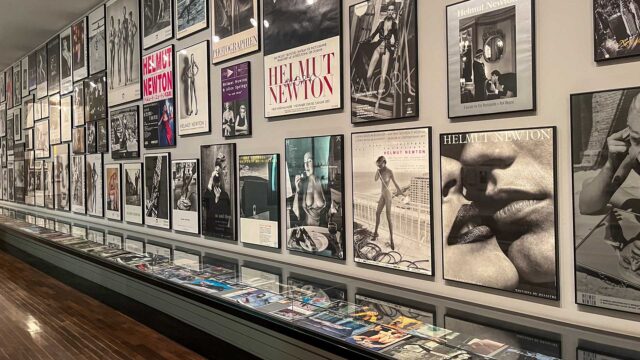
Among Berlin’s world-famous museums, the Museum für Fotografie remains a bit in the background. One more reason for a visit and an encounter with one of the most influential photographers of the 20th century.
Museum für Fotografie? Most Berliners will shrug their shoulders. Nationalgalerie, Pergamon-Museum, Humboldt-Forum and Deutsches Technikmuseum will be known to most, but a photography museum? Well, the German capital does have a Museum für Fotografie. While it may not be extremely visible, it is centrally located just behind Bahnhof Zoo. This is the former main railway station in the Western part of Berlin when the city was divided.
How today’s Museum für Fotografie came into being
But it somehow speaks for itself how this museum came into existence, or at least to its current significance. Shortly before Berlin-born photographer Helmut Newton died in 2004 in Los Angeles, he bequeathed significant parts of his collection to his home city. This is how the Helmut Newton Foundation came into being, under the umbrella of the Stiftung Preußischer Kulturbesitz (Prussian Cultural Heritage Foundation — a complicated structure of publicly funded cultural institutions in Berlin) a new focus for photography was created.
The building housing the museum is a former officers’ mess which is a representative building to say the least. The exhibition itself is on the first floor. You access it via a monumental staircase, and equally monumental are the prints of Newton’s iconic nudes. Larger than life — and this could be the motto for the whole treatment of Helmut Newton. And his 83 years would indeed have had enough content for several lives. Born Helmut Neustädter in 2020, he fled Nazi Germany in 1938 and established himself in Australia. 1981, he and his wife June (aka Alice Springs) moved to Monaco and spent the winter months in Los Angeles. He died there, in a car crash caused by a heart attack.
You can’t escape Newton
So, Helmut Newton is in the core of the Museum für Fotografie Berlin. The permanent exhibition shows many of his best-known images, his books, and his apartment in Monaco is reconstructed. Including the prominent buggy-styled car with which he used to cruise around. All in all, the impression is of an extravagant and sometimes shrill life that was very much centred around women. Newton was obviously interested in them throughout his life. And it becomes clear how much he shaped the image of women — especially as a photographer for Vogue and other fashion magazines. Whether he did so in a favourable, appropriate way is probably a matter of opinion. In any case, Newton was not always well-liked in feminist circles.
In fact, such a dense collection of Newton photos shows just how fine a line he walked. On the one hand, his women appear strong, self-confident, and cool. On the other hand, they are staged with an almost technical coldness and thus become objects again. In any case, a visit to the museum is worthwhile because visitors are asked interesting questions. On the lighter side, there are showcases with Helmut Newton’s favourite cameras. I didn’t discover a Leica among them, but I did find rangefinder cameras by Plaubel and Fuji. All in all, a pretty colossal monument to Newton. If you don’t like him, it might be best to skip this part of the museum altogether.
Temporary exhibitions: The dynamic part of the Museum für Fotografie
The other part of the Museum für Fotografie Berlin houses temporary exhibitions. When I visited some time ago, it was a cross-section from the Condé Nast archive: 300 works from the years 1910 to 1979, which not only showed the technical and aesthetic development of the medium of photography. They were also an impressive walk through the history of the 20th century and its societies. “Vanity Fair”, “New Yorker” and other Condé Nast publications not only documented these decades, but also shaped them.
It was also impressive how carefully the exhibition is curated and presented. After all, it brought together important photographers from Irving Penn to Edward Steichen and, again, Helmut Newton. Even more interesting, of course, were all the world-famous personalities and events documented by these photographers. The Museum für Fotografie Berlin offers plenty of space and very suitable rooms for such large exhibitions. The exhibitions change several times a year, so it’s always worth checking the current programme.
Berlin has a lot more to offer for photography lovers
And while you’re in this corner of Berlin — just a few steps away is C/O Berlin, the most influential exhibition venue for photography in Berlin. It is also run by a foundation. And located in the former Amerika-Haus, the cultural outpost of the free world in the walled-in city, US artists also play a special role. You can also walk to the Leica Store in Fasanenstraße (formerly Meister Camera, now taken over directly by Leica), around the corner from Kurfürstendamm, the famous shopping street. Several more galleries in this part of (West) Berlin also showcase photographers, so a day dedicated to photography passes by quickly.
“Berlin is worth a visit” (“Berlin ist eine Reise wert”) was the city’s slogan for a long time, when travelling there through the GDR was still associated with unease. Fortunately, that has changed and Berlin no longer needs to pitch itself to tourists. Since I moved away about 20 years ago, it has become a top destination, which doesn’t always sit well with the locals. But it is and remains one of the most interesting cities in Europe, and if you’ve already seen a lot there, a visit to the Museum für Fotografie Berlin is certainly recommended.
Check here for programme, opening hours, admissions and all other information.
Want to contribute an article to Macfilos? It’s easy. Just click the “Write for Us” button. We’ll help with the writing and guide you through the process.

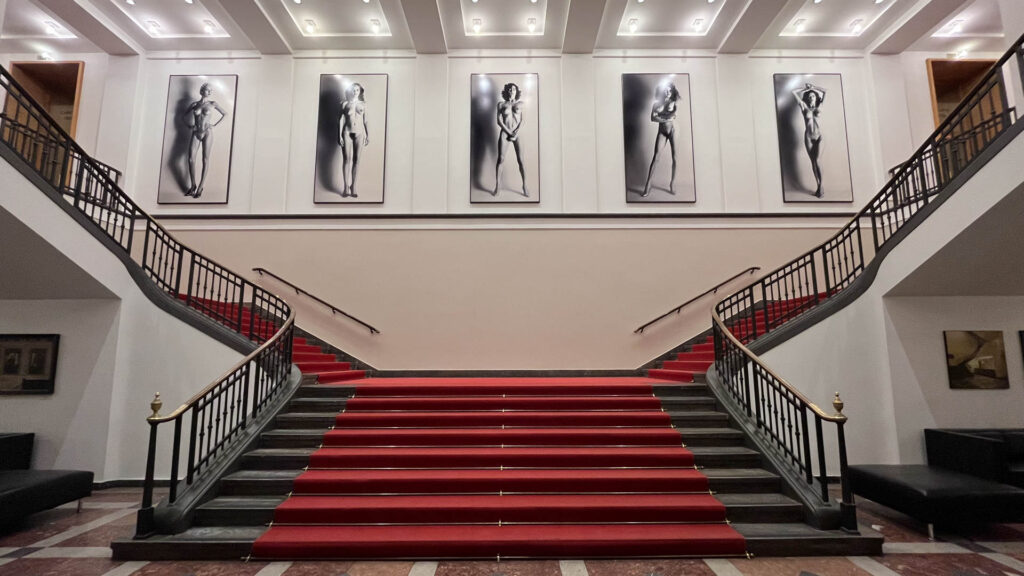
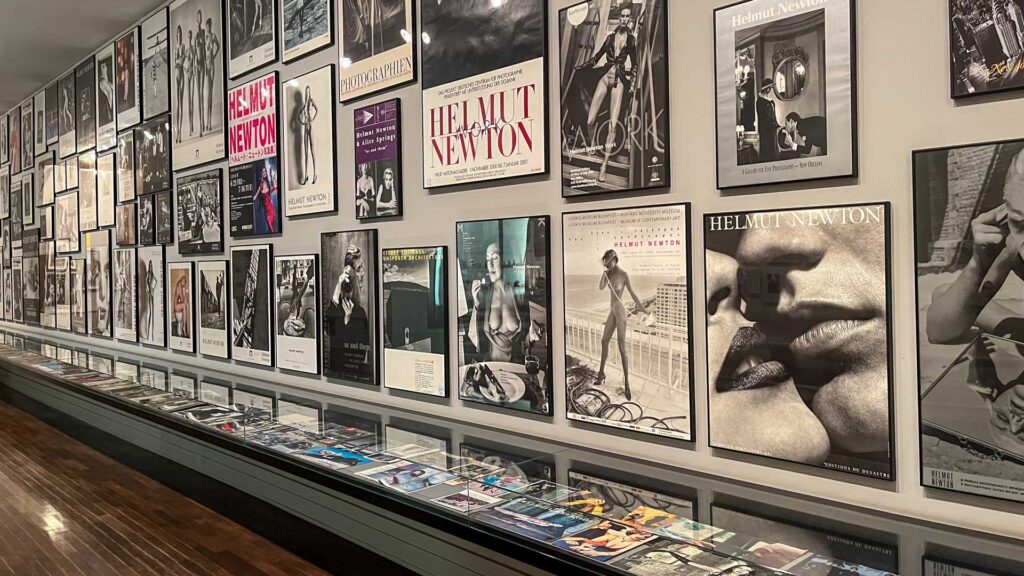
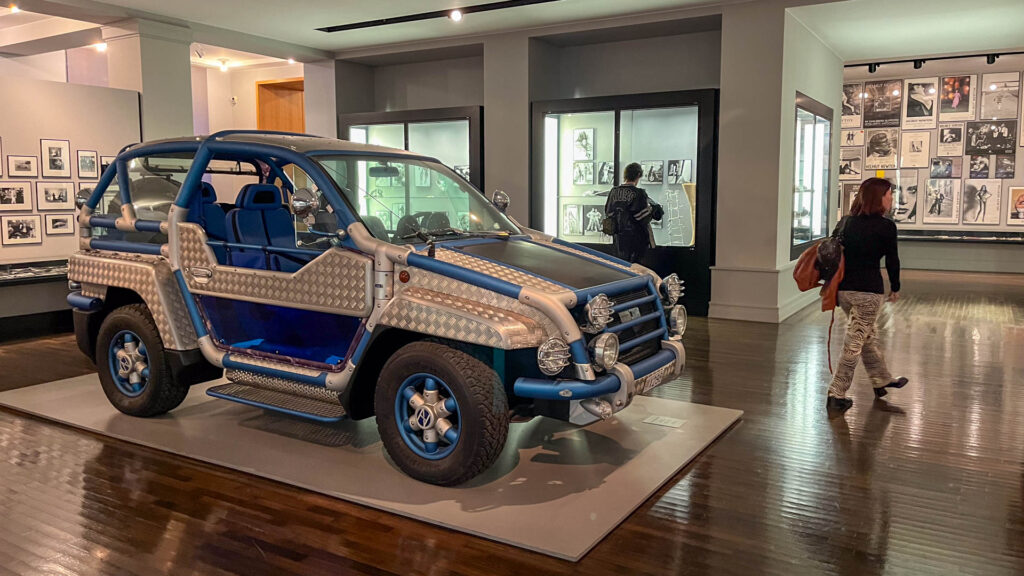
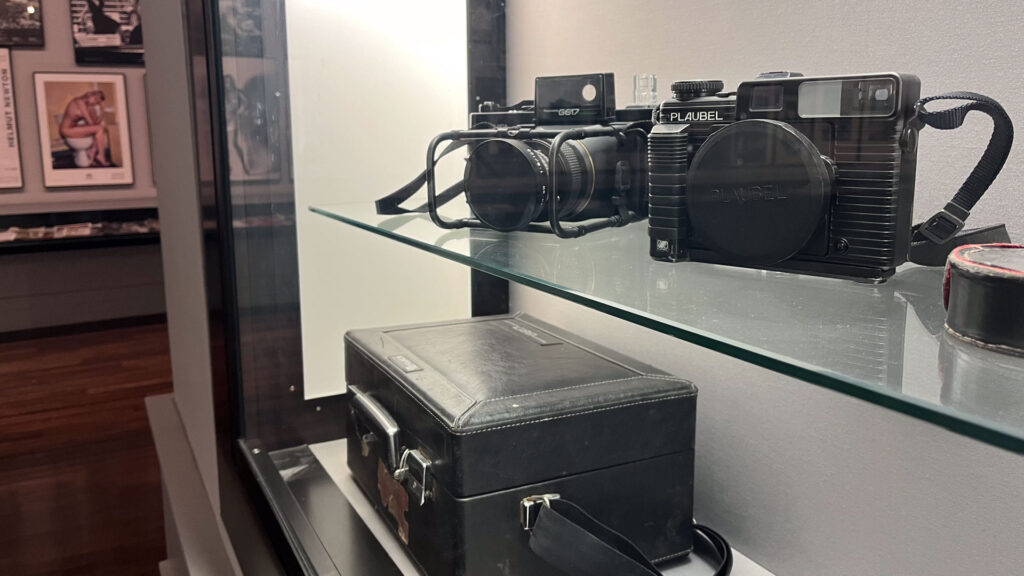
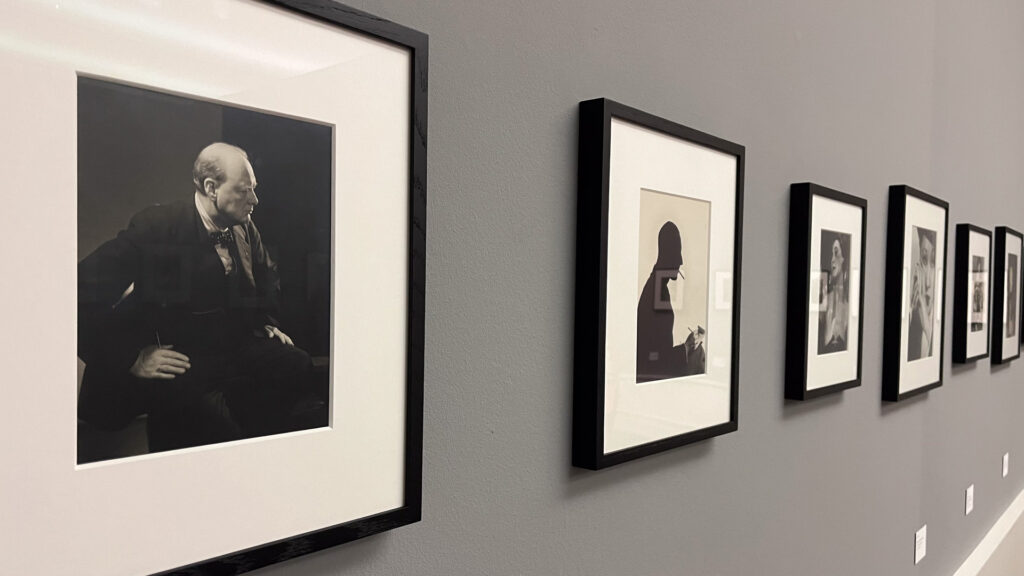
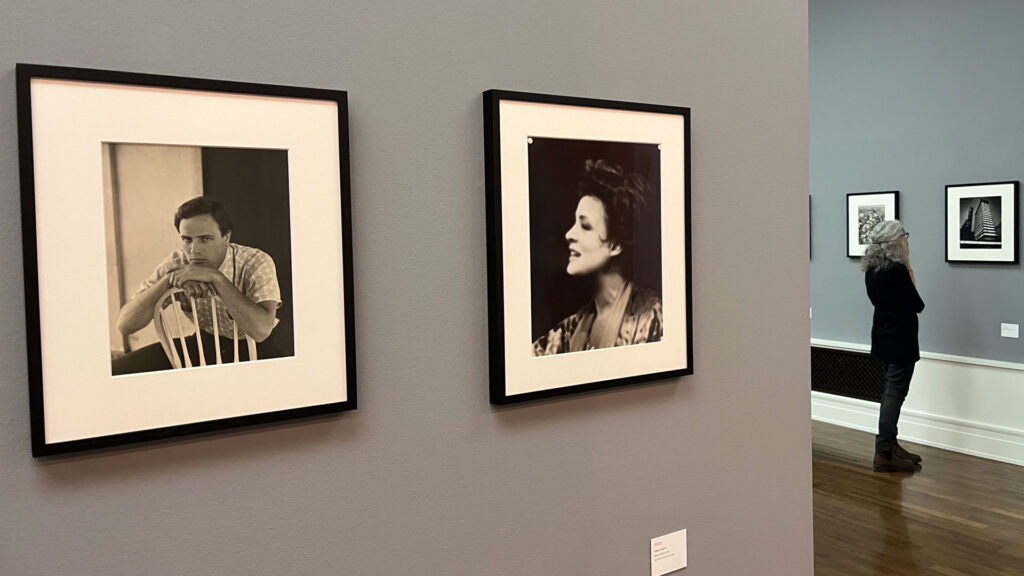




Thanks for showing us a little known venue. The temporary exhibit looks quite wonderful. And I certainly wouldn’t mind wandering the streets of Berlin. A bit more difficult to access in the 70’s, when I was last in Germany!
As for Newton and women — I’m as rabid a feminist as anyone. Rabider, possibly. But it isn’t about the person Newton; it’s about what the fashion industry as a whole does. And it doesn’t hold a candle to what goes on in today’s world.
I guess, to me: I like some of his images of women, the nude photography has no interest for me. I’d let the feminist angle rest in peace. I’ll probably lose my rabidy membership card over that…
Dear Kathy, thanks for your comment. Fully agree. Newton is controversial and we are lucky to have the liberty of having any open discussion we want to lead (speaking of “what goes on in the world”). At any rate, if you have a chance to come back to Berlin, do so. It has changed a lot and yet continues to be one of the most interesting (certainly not most beautiful) cities in Europe. All the best, JP
Nice article, JP. I was in this gallery last Friday, 7th June, to see a new exhibition called ‘Berlin, Berlin’ which had just opened that day. It features work by Wim Wenders and others which show Berlin in the postwar years from the desolation after WWII through the Communist years in East Berlin and on to the fall of the Berlin Wall. One feature I liked about the exhibition was the way that books with extra photos were laid out on desks so that people could see more than was on the wall. A lot of older Berliners were coming in on the first day of the exhibition and were pointing at things they recognised on the wall and in the books. I found this exhibition much more interesting than Newton’s own work, which, of course, I had seen before.
I was in Berlin for an opening of an exhibition of work by 35 Irish photographers at Haus am Kleistpark on 6th June. I chair Photo Museum Ireland which is the Irish side of this and we are doing the exhibition along with Haus am Kleistpark and IKS Photo of Dusseldorf, with funding from Culture Ireland and the Embassy of Ireland in Germany. It is part of a wider programme called Zeitgeist24 showing Irish Culture in Germany.
I visited the Berlin Leica Store and Foto-Meyer while I was in Berlin and picked up some items.
William
How funny, William, thanks for sharing your experience. I think the changing exhibitions are the more interesting part of the museum indeed. Good to hear that the follow-up to what I have seen was also good. I am not sure when I come back to Berlin (it’s the other end of Germany after all), but if the Irish exhibition is still on, I will pay a visit. Maybe I see your (metaphoric) fingerprint somewhere… All the best, Jörg-Peter
PS: Foto Meyer was always my supplier during the Berlin years, and no visit to the city passes by without a visit there. Always a trip down memory lane, bought my first digital camera there, a Nikon Coolpix 5000.